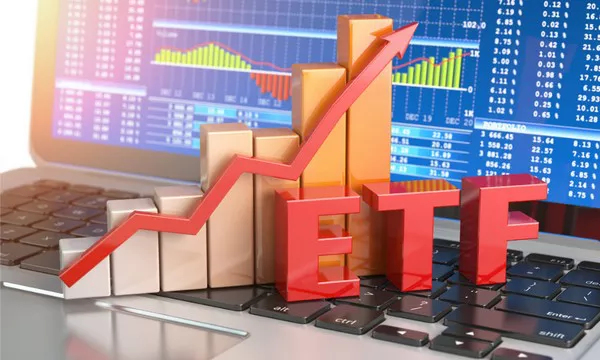In the ever-evolving landscape of global finance, investors are constantly seeking new avenues to diversify their portfolios. One intriguing option that has piqued the interest of many is investing in Russian rubles. As the world’s largest country by land area, Russia boasts a robust and dynamic economy, making it an attractive prospect for savvy investors. In this comprehensive guide, we will delve into the intricacies of how to invest in Russian rubles, providing you with valuable insights and strategies to navigate this unique investment opportunity.
Understanding the Russian Economy:
To make informed investment decisions, it is crucial to have a solid grasp of the Russian economy’s key drivers. Russia is rich in natural resources, particularly oil and gas, which play a pivotal role in shaping its economic landscape. The energy sector accounts for a significant portion of the country’s GDP, making it susceptible to fluctuations in global oil prices. Additionally, keeping an eye on geopolitical developments and government policies can provide valuable context for potential investors.
1.1 Analyzing the Energy Sector:
Delving deeper into the energy sector, investors should consider the impact of oil and gas prices on the Russian economy. Monitoring global trends and geopolitical events that may influence commodity prices is essential for making informed investment decisions.
1.2 Government Policies and Economic Reforms:
Stay abreast of the Russian government’s economic policies and reforms. Understanding the regulatory environment and any changes in legislation can help investors anticipate shifts in the market and adjust their investment strategies accordingly.
Exchange Rates and Currency Trends:
Investing in Russian rubles requires a keen understanding of exchange rates and currency trends. The value of the ruble can be influenced by various factors, including economic indicators, geopolitical events, and global market conditions.
2.1 Monitoring Exchange Rates:
Keep a close eye on the exchange rates between the Russian ruble and major currencies like the US dollar and the euro. Utilize reputable financial news sources and currency analysis tools to track historical trends and potential future movements.
2.2 Economic Indicators:
Analyze key economic indicators, such as inflation rates, interest rates, and GDP growth, to gauge the overall health of the Russian economy. These indicators can offer valuable insights into the stability and potential strength of the ruble.
Diversification Strategies for Russian Investments:
Diversifying your investment portfolio is a fundamental principle of risk management. While investing in Russian rubles presents exciting opportunities, it’s essential to adopt a diversified approach to mitigate potential risks.
3.1 Balanced Portfolio Allocation:
Incorporate Russian ruble investments as part of a well-balanced portfolio that spans various asset classes. This can include equities, bonds, and other currencies to create a resilient investment strategy.
3.2 Consideration of Risk Appetite:
Assess your risk tolerance and investment goals before allocating funds to Russian rubles. Understanding your risk appetite will help you determine the proportion of your portfolio dedicated to this specific currency.
Utilizing Financial Instruments:
Investors can explore a range of financial instruments to gain exposure to Russian ruble investments. From currency exchange-traded funds (ETFs) to government bonds, these instruments provide diverse avenues for capitalizing on the potential of the Russian economy.
4.1 Currency ETFs:
Currency ETFs offer a convenient way for investors to gain exposure to the Russian ruble without directly holding the currency. These funds track the performance of the ruble against other major currencies, providing a diversified and liquid investment option.
4.2 Russian Government Bonds:
Consider including Russian government bonds in your portfolio to benefit from fixed-income securities. Assess the credit rating of these bonds and stay informed about changes in interest rates to make informed investment decisions.
Conclusion:
Investing in Russian rubles can be a rewarding venture for those who approach it with a well-informed and strategic mindset. By understanding the nuances of the Russian economy, monitoring currency trends, adopting diversification strategies, and utilizing financial instruments, investors can position themselves to capitalize on the unique opportunities presented by this emerging market. As with any investment, conducting thorough research and staying informed about market dynamics are key to success in navigating the intricacies of Russian ruble investments.


